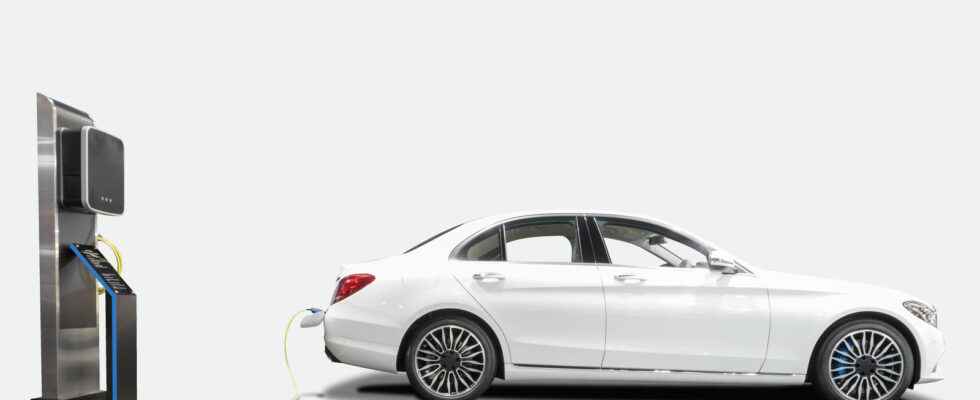The French Environment and Energy Management Agency (ADEME) issued a 9-page opinion on electric vehicles in France.
And it’s all about proportionality.
A battery of less than 60 kWh is good for the wider ecology
ADEME draws up a rather positive assessment of the electric car in France. However, it urges those who would like to have one (or who already have one) to opt for a model that meets their needs as closely as possible. The main cause of this recommendation comes once again from the batteries of electric cars. In such circumstances, with the need in particular to secure supplies of rare metals, as well as a recycling activity initiated in Europe but not yet sufficient, ADEME rules that electric vehicles with batteries of less than 60 kWh are the most ” ecological”.
In fact, the more the capacity of the battery increases, the more the weight of the vehicle does the same. ADEME therefore considers that with a battery greater than 60 kWh, “ the environmental interest is not guaranteed given the variability of consumption linked to the mass of the vehicle and its conditions of use “. If, on the other hand, it respects this criterion, the agency estimates that the carbon impact of the electric vehicle is two to three times lower than that of its thermal equivalent.
So as not to go around the bush, ADEME recommends ” to choose a battery just adapted to the majority use of the vehicle “. In other words, there is no need to take the (electric) SUV out to pick up the children from school at the other end of the village. More broadly, it is once again a question of rethinking mobility, by promoting walking, cycling or public transport, rather than individual vehicles, even electric ones.
A too slow transition of the vehicle fleet
In a context of energy sobriety, the aim is also to affect the network as little as possible. If the ADEME notes that the recharging stations are always more numerous, it is also a question of adapting the behaviors accustomed for decades to recharging in a few minutes. However, recharging a 60 kWh battery in two minutes would generate a power demand equivalent to that of 1,500 households. Ecological, the electric car can be, but taking time.
The transition from the current fleet, which is mainly thermal to electric, would therefore have a favorable impact in terms of the carbon footprint, especially if we promote accessibility for households to vehicle models with rather “small” dimensions or batteries.
However, this transition is also based on the growth of a second-hand market for electric vehicles, for reasons of household budgets, such as improving the battery recycling process. The majority of them are made from rare metals, which means that the increase in demand and prices for the latter does not allow a rapid drop in the prices of new electric vehicles compared to their thermal equivalents. As it stands, it would only take 15,000 km to make a city car profitable, compared to 100,000 for an SUV (!).
The electric car is not a magic wand
For ADEME, a broader reflection around the consumption model of electric vehicles as a means of transport must be initiated. In addition to the speed of recharging which in fact modulates the way of moving around, it is also a question, with the public authorities, of planning the best possible zones for the installation of recharging stations in order to make them as efficient as possible. It is therefore necessary to think about supply through electricity produced in a sustainable way, but also about adapting to local demand.
ADEME considers in particular that a transposition of the thermal consumption model on electricity is not desirable, if only for access in terms of the budget of the majority of households to the energy necessary for recharging. . It is also necessary to adapt the network infrastructure to the energy demand of superchargers and the potential increased carbon footprint that will result.
Finally, a last problem (often overlooked) is raised in the ADEME report: the pollution generated by mobility still and always comes from the particles emitted by the wear of… tires. Electric or thermal, the fight does not advance one iota on this point.
Source: ADEME

56